
What do Diana Ross, The Go-Go’s, Jennifer Hudson, Seal, and Charlie Wilson all have in common? The easy answer is that they are all appearing at the Hollywood Bowl this summer. But you get bonus points for realizing that at each concert they will be accompanied by The Hollywood Bowl Orchestra or the Los Angeles Philharmonic lead by conductor Thomas Wilkins.
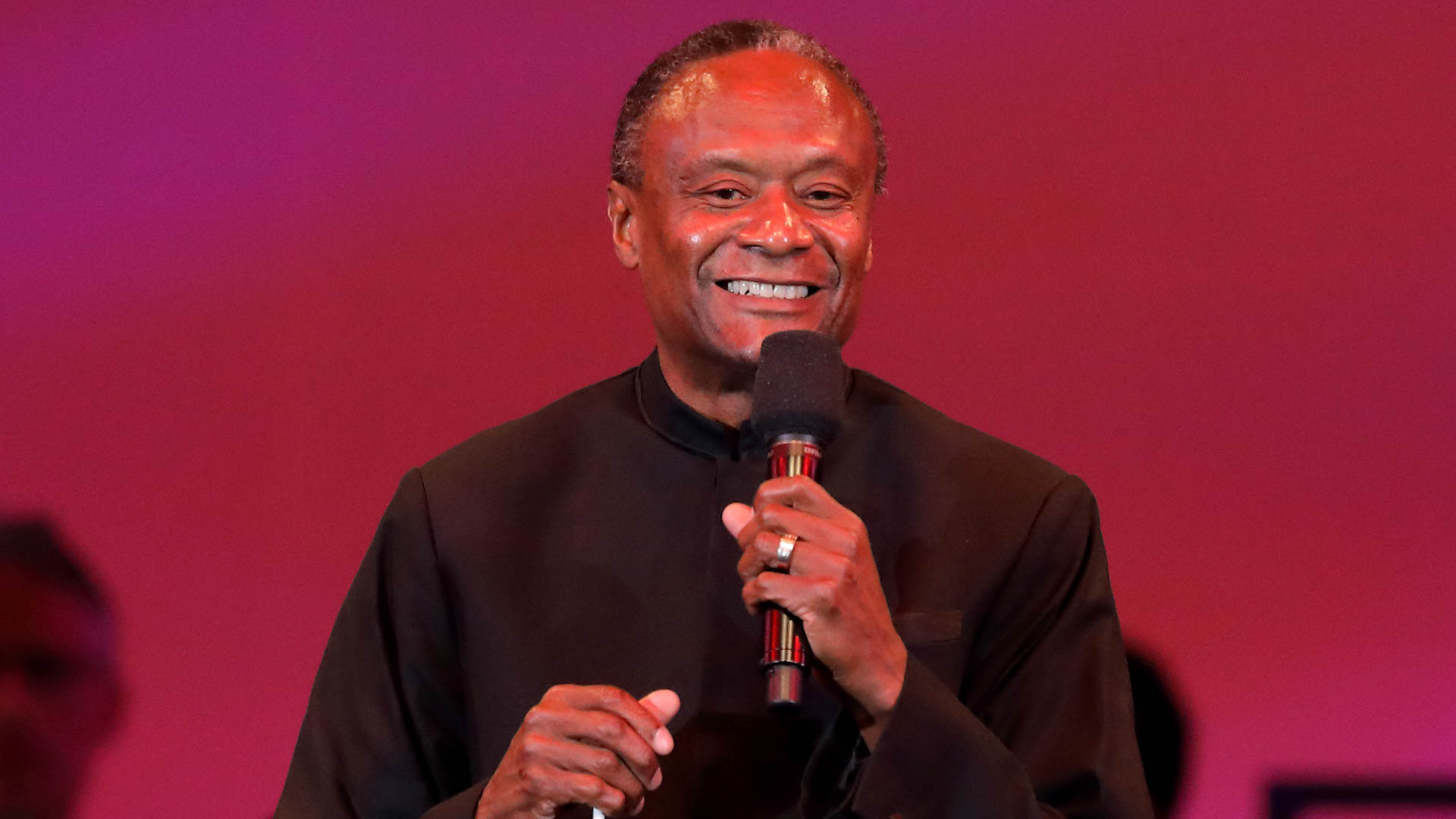
Wilkins has served as Principal Conductor of the Hollywood since 2014. Prior to that he had been Principal Guest Conductor since 2008. He also has conducting assignments and positions at multiple other orchestras around the country. But he told me there’s something different about playing at the Hollywood Bowl.
“When you are there you know you are part of a rich history first of all,” he says by phone before starting rehearsals for this week’s opening night concert with Diana Ross. “I’ve never seen a place that seats about 18,000 people, yet feels so close. When I look out at the audience it’s as if I’m talking to someone in the living room.”
I reminded him that the view from the stage is very different than the view from the audience. “I had never sat out in the audience until a couple years ago,” he revealed. “I’ve been in the house before but never experienced a concert there. Usually I walk in and out through the back door. I sat there with my wife and I was in awe. She was laughing because I actually work there.”
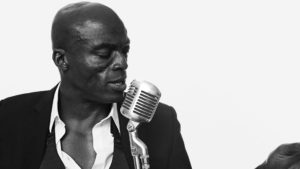
When asked about the artists that come to the Bowl to perform with the Hollywood Bowl Orchestra he said it isn’t usually the artist’s idea. “We go after them – they don’t go after us. We talk them into doing the show and we create the charts. The B-52’s were hesitant. They said ‘let’s do three charts.’ Then we got to the gig and they wished they had done many more. As soon as we were done, they hired someone to do more charts. The Hollywood Bowl Orchestra is a little different because they understand what a groove is. That completely changes the perspective of the artist when they have a whole group of orchestra performers who get it.”
Having experienced multiple concerts, including the B-52’s, I wondered if there was any trade-off when a band decides to perform with an orchestra. “A lot of times bands can do stuff instinctively when they are on stage by themselves. They can exchange a look or a sign and they can do more choruses. The one trade-off is if there is going to be that looseness it has to be within the confines of finding the safety of the orchestral part so we know what’s going on. We can do a vamp, but we need a musical signal or visual signal.”
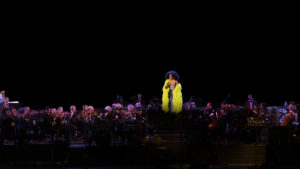
Part of the appeal is those charts Wilkins mentioned. He says they allow an artist like Diana Ross to perform hits from the disco era without it sounding like a bad pairing. “Every time we are on stage in rehearsals with a band who doesn’t perform with an orchestra, they are blown away by the power of the orchestra. That’s called making sure you have good arrangers for the charts. That’s one thing we’re really blessed with at the Bowl. I can think of three or four people I use on a regular basis who make it sound like the orchestra was there all along. That’s the secret: have someone who knows when to get the orchestra out of the way or make them sound like an enhanced version of what was there in the first place.”
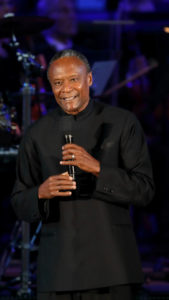
His repertoire at the Bowl, at least this season, is almost exclusively pop/rock/r&b music. (He’s also conducting Henry Mancini’s score to The Pink Panther live while the movie is projected.) Elsewhere Wilkins performs more classical music-heavy programs. Does he wish he could be doing more of a mix here? “Actually we try to slip it in from time to time. We are actually opening the [Diana Ross concert] with Leonard Bernstein. There are other times like with ELO we opened with British classical music. I’m so stinking busy that I love that no two weeks of mine are the same. No one calls me a pop guy. I’m just Tom Wilkins.”
What he can be called beyond his name is one of the few African-American conductors actively working today. He bemoaned that statistic in a 2009 interview with the Los Angeles Times. Has it gotten any better?
“I think the correct answer is little. I can still count on two hands the number of us who are working at the level I’m working. I don’t know what the answer to that is. Part of the answer is changing the pool so there’s a great number to choose from. Part of it is convincing young black people that Duke Ellington was right: there are only two kinds of music – good and bad. I don’t have any control over orchestras who didn’t hire me because I was black. I only had control over learning as much as I could and to do battle against my ignorance. Beyond that, I don’t know the answer.”
Before our conversation ended I asked Wilkins about a survey done several years ago where the performance of an orchestra was rated with and without a conductor to see if there was a difference. The result was the better performance came when there is a conductor.
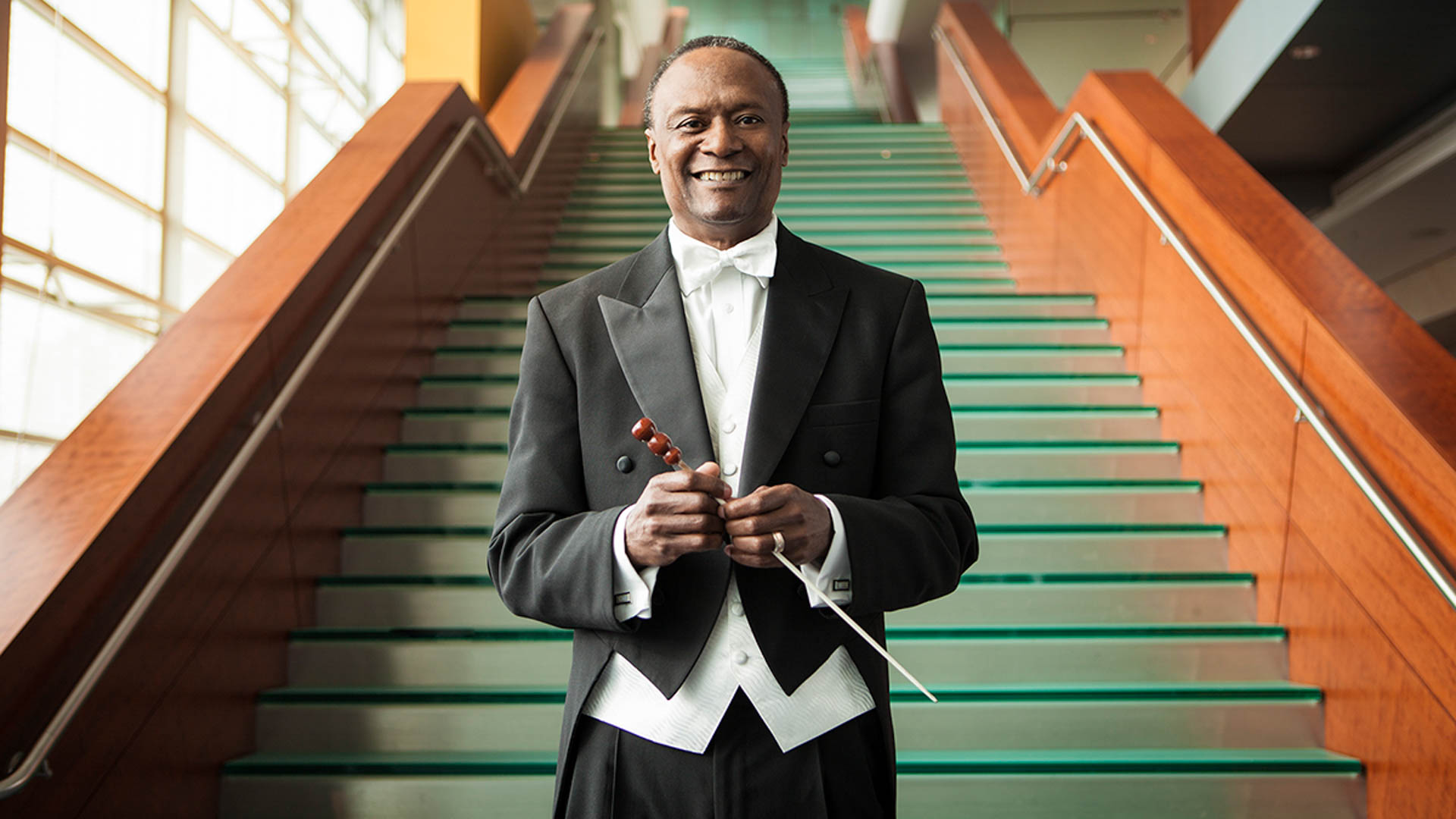
“It doesn’t surprise me,” he said. “But I will say this that conducting is not about power. It’s about control. It’s about when to exercise it and when the relinquish it. Our job is to be a facilitator to make the men and women of the orchestra to be better humans and to raise their artistry. Part of the way you do that is you raise their trust in your sensibility. You can’t completely ignore their ability to bring something to the table.”
I repeated the Ellington quote but made it about there being two kinds of conductors. “What falls into the bad category are those who don’t think about the audience or the musicians and find something greater than all of us. I tell kids when I talk to them about communication. We think communication is all about talk talk talk. When we pay someone the compliment of listening, you declare someone else is in the room. It’s the same as remembering someone’s name. You are not just an entity, but a persona of value. I think that’s the great gift of listening. You can’t do that with power.”


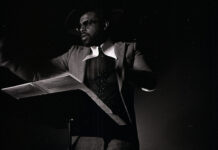



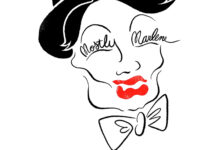



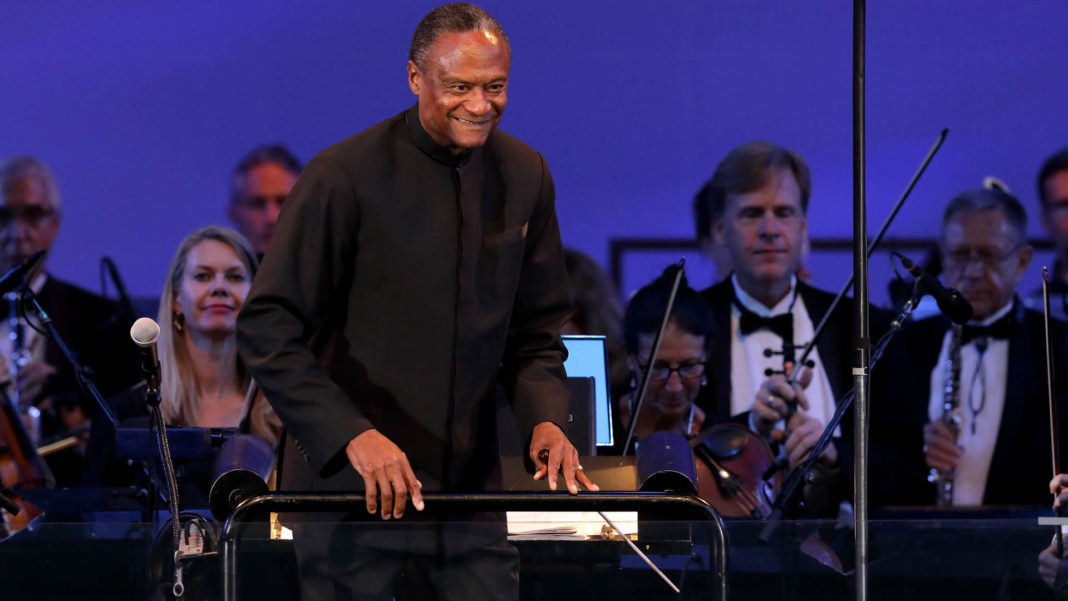
Mr Wilkins has Maze and Frankie Beverly ever beem at the Hollywood Bowl with the Philharmonic?